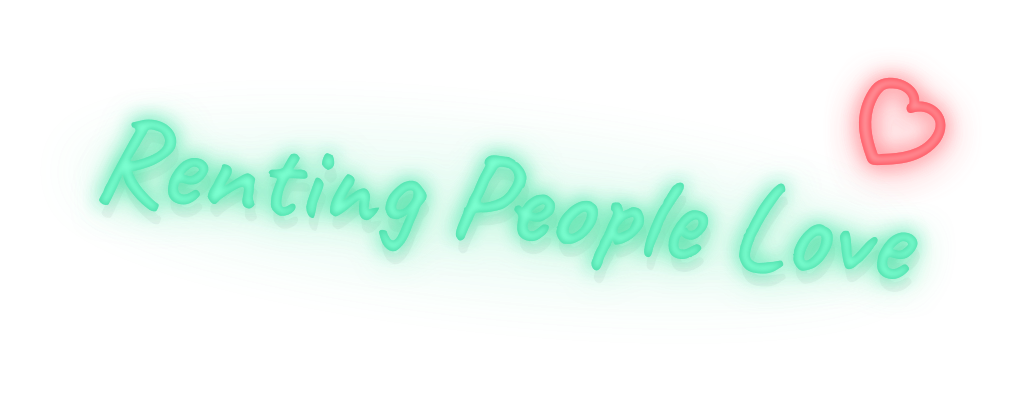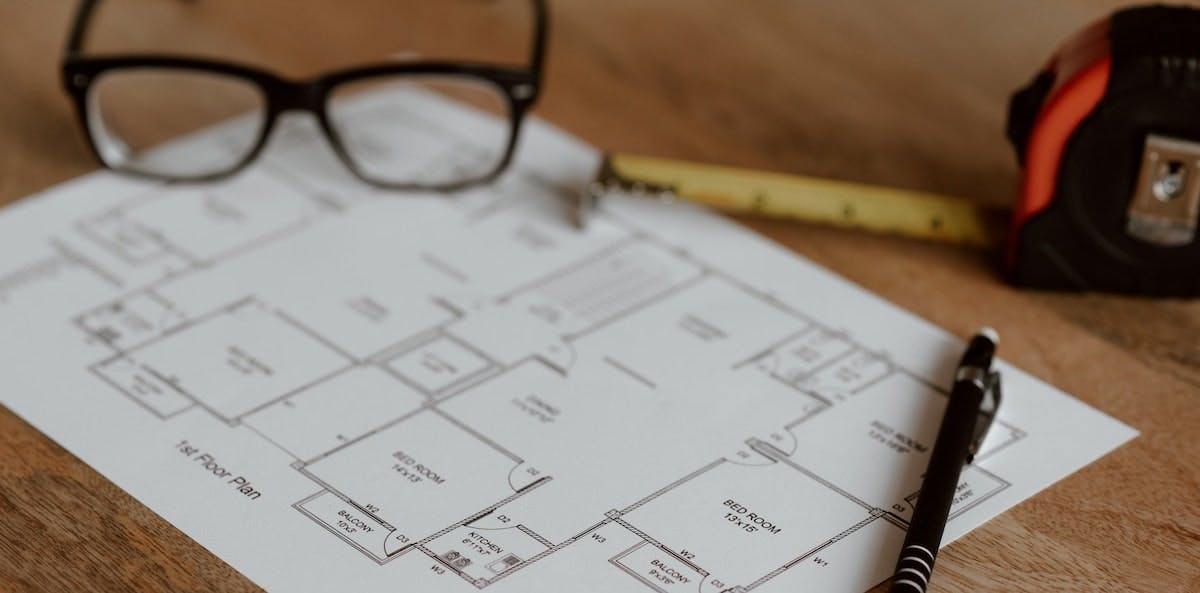Property Management
How to Calculate Square Footage (And Why it Matters for your Rental Listing)
Last Updated Sep 1, 2022


When preparing a rental listing, you need to know the square footage of your property, but did you know that there’s more to square footage than a simple number? The size of your rental property is crucial in attracting potential residents, but specific guidelines dictate how you should calculate square footage. Further, square footage is essential to pricing your rental property correctly and attracting the right residents.
How to calculate residential square footage
Calculating the square footage for your rental property is relatively easy. You’ll need paper, a pen or pencil, a tape measure or a laser distance meter, and your phone or calculator to start. Having a second set of hands can also be helpful if you plan to use a tape measure.
Start by creating a sketch of your rental property, or use an existing floor plan or layout if you have one. One by one, go through each room, closet, and hallway and measure the length and width of each space. Once you have the length and width of each area, multiply the length by the width and note the square footage of each room. Once you’ve moved through the whole house, add the square footage of each space to calculate the total square footage of your rental property. You can round up to the nearest whole number.
What should be included or excluded when calculating square footage
Although calculating square footage for your rental listing is pretty simple, you may ask which spaces or rooms to include and which ones to omit from the home’s total square footage.
Generally, you should include all finished and heated interior areas in a home, including hallways and closets. As a result, you’ll need to omit several spaces from the total square footage calculation.
Exclude these spaces from your square footage calculations:
- Crawl Spaces
- Patios
- Porches
- Decks
- Balconies
- Garages
Including the square footage of basements and attics
Calculating and including the square footage of basements and attics can present a few challenges for property owners. It’s best practice to indicate the square footage of any basements in your rental listings. You should also note what portion of the basement is finished or unfinished.
In some cases, you may include the square footage of a finished basement in the total square footage of the home. However, some local or state regulations may require that basement square footage be listed separately, even if the basement is finished.
Similarly, you can include the square footage of your attic if the space is finished and the attic has a ceiling height of at least 7 feet for 50% or more of the area. Additionally, you can include covered or enclosed porches if your home’s HVAC system heats them.
Ultimately, you should aim to accurately and fairly represent the square footage of the rental property to ensure that you attract the ideal residents.
How to verify your property’s square footage
If you’ve calculated the square footage of your property, it’s a good idea to verify your calculations. There are a few ways you can do this. For almost every property, you can search public records. The county assessor typically creates and maintains documents that will include the home’s square footage. Start by searching the address on the county property appraiser's website.
If you have the builder plans for your property, the square footage is likely already included in those documents. Most home plans will also include the square footage of each space within a property. If you purchased the home, you might also refer to the property’s listing from the time of purchase. Remember that this may not be an official square footage calculation, but you can still use this number to verify your own calculations. Finally, if you have any property appraisal documents, you will likely find the square footage included in the appraisal.
Residential square footage standards
Over time, industry leaders have worked to standardize the process and guidelines for calculating square footage. Square footage is a crucial measurement and indicator of your property value, and having accurate, reliable, and consistent data for each property is essential. As such, there is an effort to establish shared expectations around calculating square footage. Different states may require you to calculate square footage in a specific way for renting or selling a property. Further, several agencies have established standards for calculating residential square footage.
American Measurement Standards
The American Measure Standard sets voluntary guidelines for measuring residential square footage. These guidelines have been compiled and edited by a group of real estate professionals, including real estate agents, appraisers, assessors, home builders, and architects.
ANSI Square Footage Standards
Similarly, the American National Standards Institute (ANSI) also provides guidance on what constitutes living space and how you should calculate square footage. Fannie Mae uses ANSI standards for all appraisals to ensure consistency across the country. These guidelines only apply to single-family homes and not to apartments or condos.
How to include square footage in your rental listings
Once you’ve calculated the square footage for your rental property, you can consider how to communicate this information in your rental listing. Knowing the square footage of your property and effectively communicating that information to potential residents is essential to finding a good, long-term fit for your home.
Most importantly, avoid misleading potential residents as this will lead to disappointment or can result in attracting the wrong potential tenants. It’s best not to include your garage or unfinished square footage in the total number when you list the property.
We recommend that you also clearly describe any particularities or things that might end up surprising someone when they see the property in person. Including this information upfront will help you avoid showing the property to potential residents who may be turned off by something omitted in the listing. Good residents will appreciate clear, honest communication and an accurate representation of the property.
How to use square footage to price your rental property
The square footage of your property is a critical factor in determining the rental price. While demand, amenities, location, and other factors specific to the property will influence rental pricing, square footage can be a useful starting point in determining the rental price of your property.
To use square footage as a starting point for pricing your rental property, compare the rent prices of local rentals with similar square footage and the number of bedrooms and bathrooms. You can also determine the rental price using a per-square-footage basis formula. What’s your price per square foot, and is that consistent with similar properties in the area? In densely populated or popular locations, you can expect a higher rental price per square foot than in suburban or rural locations (but other amenities may also influence rental pricing).
Pricing your rental property is a challenge, and while square footage can aid you in determining the right price, it’s only one factor.
Pricing your rental property is easy with Belong
If you’re looking for support in pricing your rental property, look no further. Belong combines current market data with real-time insights into the demand for similar properties in the local rental market. We use first-class technology to determine the right price for your home, including what high-quality, long-term residents are prepared to pay right now.
As a result, you experience fewer vacancies, good people who care for your home, and profitable rental income. On average, belong has 66% fewer vacancies on our platform, and we help residents find the right home within 19 days.
Belong is simplifying the rental experience across the US and helping more homeowners reach their financial goals with the most hassle-free property management service; BelongPro.
Visit our local pages to learn more:
San Francisco Property Management
Los Angeles Property Management
Jacksonville Property Management
About The Author
Jordan Newsom
Jordan Newsom is a highly-caffeinated writer who loves delighting readers, using content to teach, and broadening perspectives. When she's not behind a computer screen, she's hunting down the best coffee shops, breweries, and restaurant patios in Denver, Colorado.




